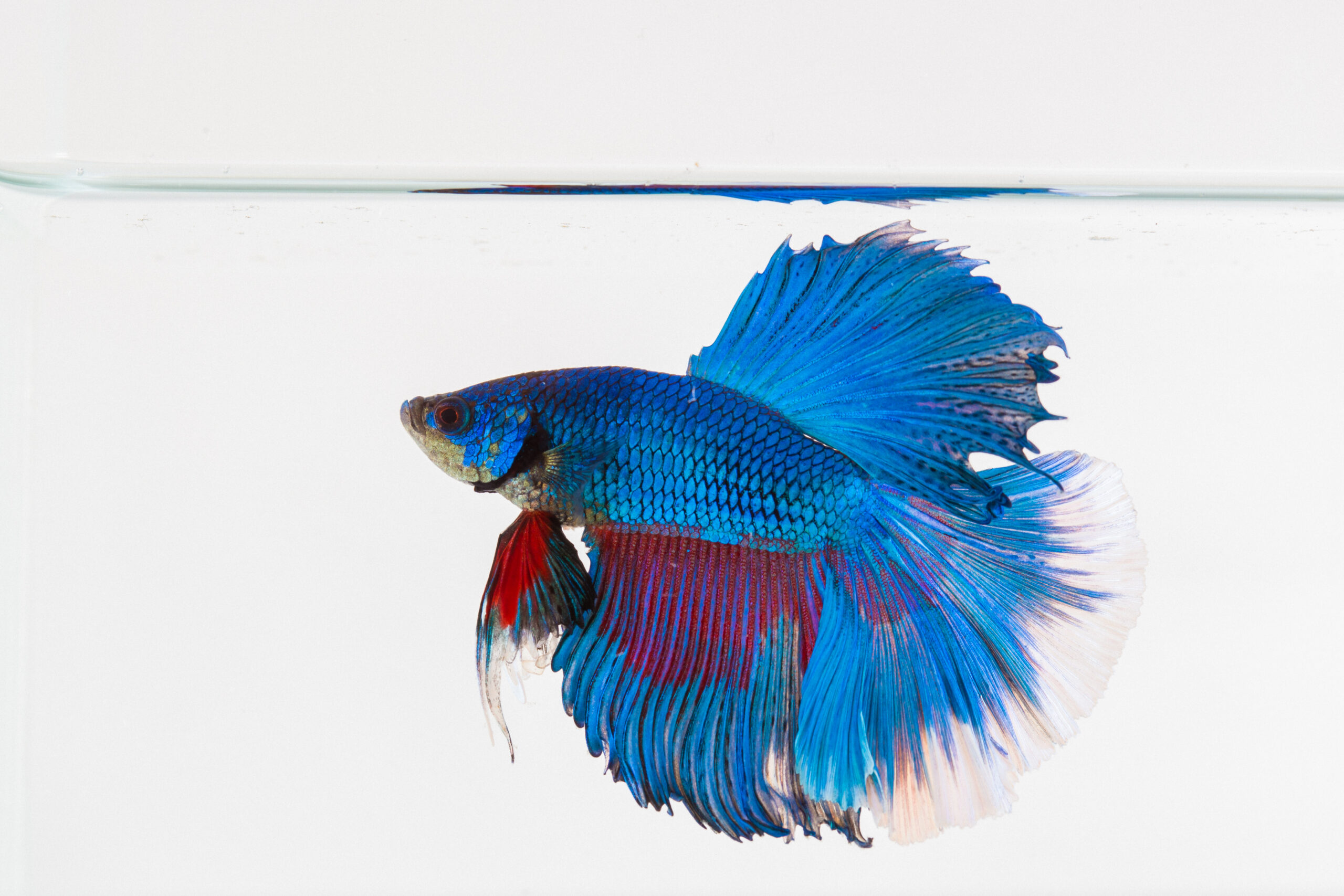How to Reproduce Betta Fish Effectively: Specialist Methods and Insights for Hobbyists Looking to Increase Their Betta Collection
Breeding Betta fish needs a nuanced understanding of genes and ecological problems, making it important for hobbyists to come close to the procedure with both persistance and treatment. Developing an optimal breeding atmosphere, choosing the appropriate pairs, and observing the complexities of their courtship habits are fundamental actions that can significantly impact the outcome.
Comprehending Betta Fish Genetics
Comprehending the genetics of Betta fish is essential for successful reproduction, as it affects qualities such as color, fin shape, and behavior. Betta fish show a varied range of colors and patterns, greatly established by their hereditary makeup.
In addition to pigmentation, fin morphology is one more considerable aspect of Betta genes (betta fish). The form and size of fins are affected by different genes, including those that figure out whether the fins are brief, long, or veil-shaped. Comprehending these genetic variants assists breeders forecast the phenotypic results of their offspring
Moreover, behavioral traits such as aggression and territoriality can likewise be influenced by genes. These behaviors play an essential function in the breeding process, as they can impact spawning success and the general temperament of the resulting fry. By adequately comprehending these genetic concepts, dog breeders can make educated decisions, ultimately boosting their breeding programs and attaining desirable outcomes.
Preparing the Breeding Atmosphere
Developing an optimum breeding atmosphere is essential for the successful reproduction of Betta fish. The very first action in preparing this setting is to select a proper breeding tank, ideally ranging from 5 to 10 gallons.
Following, take into consideration the use of a sponge filter or an air stone to offer mild water blood circulation without developing strong currents that can stress the fish. It is important to set up plants or reproducing cones to supply concealing places and promote comfort for the female throughout the spawning process. Drifting plants, such as Java moss or water sprite, can also produce a much more all-natural setting while promoting bubble nest structure by the man.
Prior to presenting the reproducing sets, make certain the water is conditioned and without damaging chemicals, such as chlorine or heavy metals. betta fish. Routine water changes ought to be carried out to maintain optimal water quality, boosting the opportunities of effective reproduction. With these prep work in position, the breeding environment will sustain the wellness and wellness of both Betta fish
Choosing Breeding Pairs
Selecting the right reproduction sets is vital for accomplishing successful Betta fish reproduction. When picking your reproduction pairs, consider several vital variables consisting of health, temperament, and genes. Healthy Betta fish exhibit vivid shades, clear eyes, and active actions. Choosing fish that are devoid of disease ensures a far better possibility of producing sensible children.
Temperament is an additional essential factor to consider, as Betta fish are understood for their hostile nature. It is recommended to select a male and lady that exhibit suitable personalities to reduce stress and anxiety during the reproducing process. A calm male can motivate a smoother courtship, while a female that is as well hostile may interfere with the process.
Genetic history also plays a significant function in the top quality of the offspring. Reproducing fish that are genetically varied can decrease the threat of hereditary health and wellness concerns and enhance the general vitality of the best site fry. It is this advantageous to look into the family tree of both the male and woman, concentrating on desirable characteristics such as fin kind, color scheme, and size.
The Breeding Refine
The reproduction process of Betta fish requires mindful preparation and attention to detail to make sure an effective end result. It is essential to prepare an ideal breeding tank, ideally a 5-10 gallon aquarium with a temperature preserved at 78-80 ° F. The storage tank must be outfitted with a heater, filter (preferably sponge type to avoid strong currents), and lots of aquatic plants for the female to hide.
Once the environment is set, introduce the selected breeding pair to the tank, allowing them to adjust. Observe their behavior; the male will display elaborate courtship rituals, consisting of flaring his fins and constructing a bubble nest. If the lady reveals passion, she will certainly show vertical stripes indicating preparedness for spawning.
When the lady is responsive, the set will take part in a mating embrace, throughout which the male feeds the eggs. It is vital to monitor their interactions closely, as the man might end up being aggressive. After generating, get rid of the woman to stop prospective harm. The man will often tend to the eggs, which normally hatch within 24-36 hours. Maintaining optimum water conditions throughout this duration is necessary for the advancement of healthy Betta fry.
Taking Care Of Betta Fry

Feeding Betta fry is critical, as they require a diet high in protein. Originally, they can be fed infusoria or fluid fry food, transitioning to carefully crushed premium pellets as they expand. Feed little parts numerous times a day to urge healthy and balanced growth without overwhelming the storage tank with leftover food.

As they grow, monitor their development carefully and divide any type of hostile my latest blog post individuals to protect against damage. By providing a supporting environment and appropriate nutrition, hobbyists can efficiently increase Betta fry right into dynamic, healthy and balanced fish, ultimately improving their breeding ventures.
Verdict
Successful Betta fish breeding requires precise interest to hereditary choice, ecological problems, and treatment for the fry. By recognizing the genes of Betta fish and preparing an ideal reproduction environment, hobbyists can enhance the chances of producing vibrant, healthy offspring.